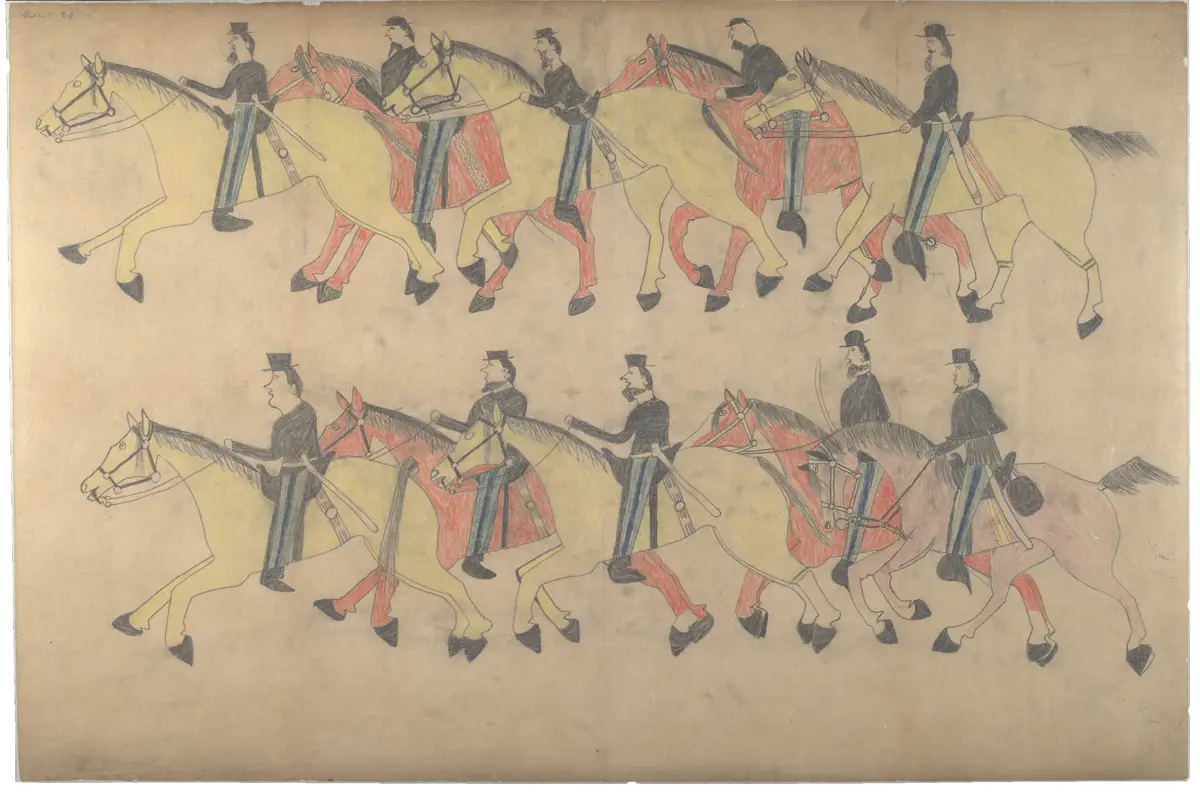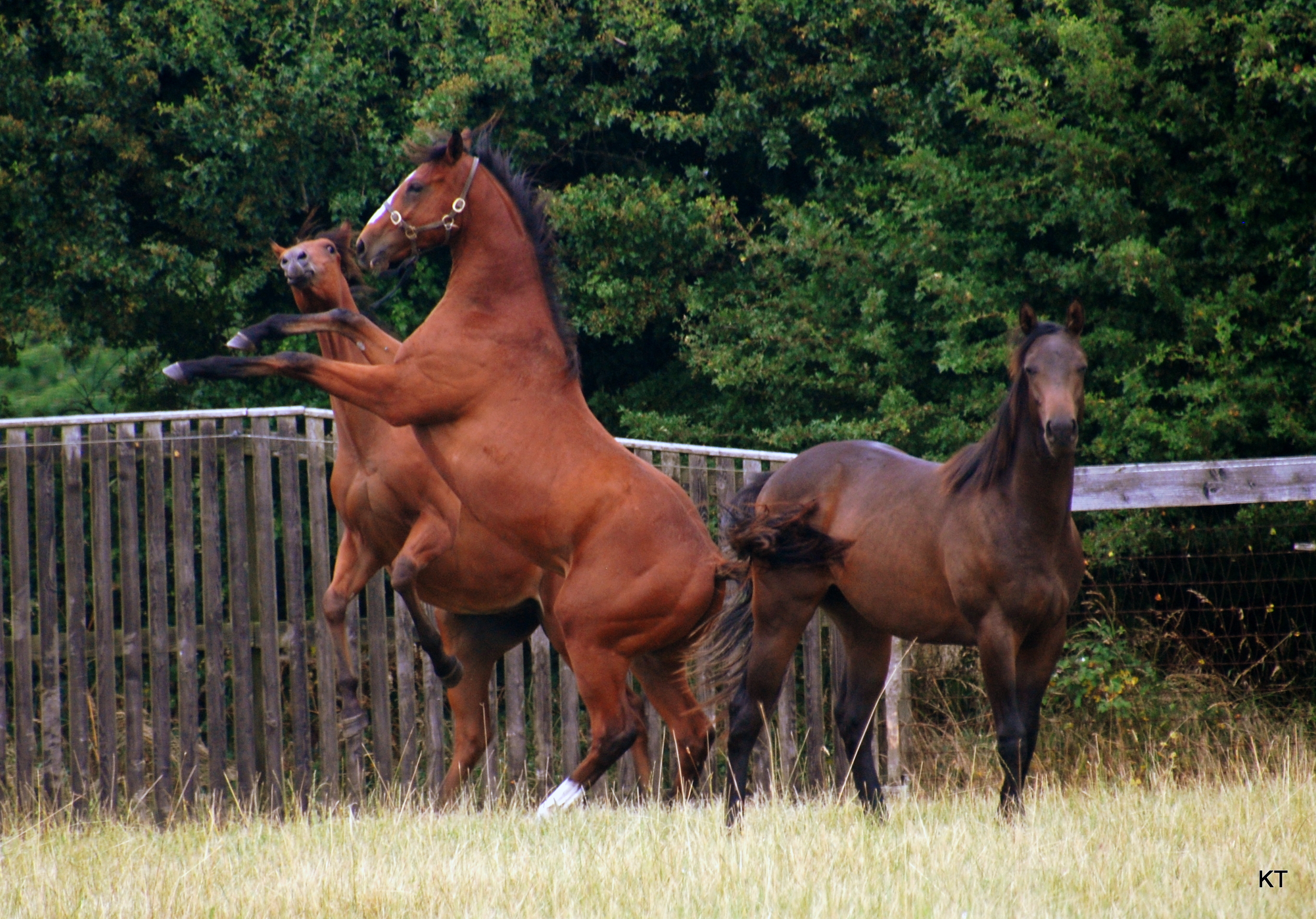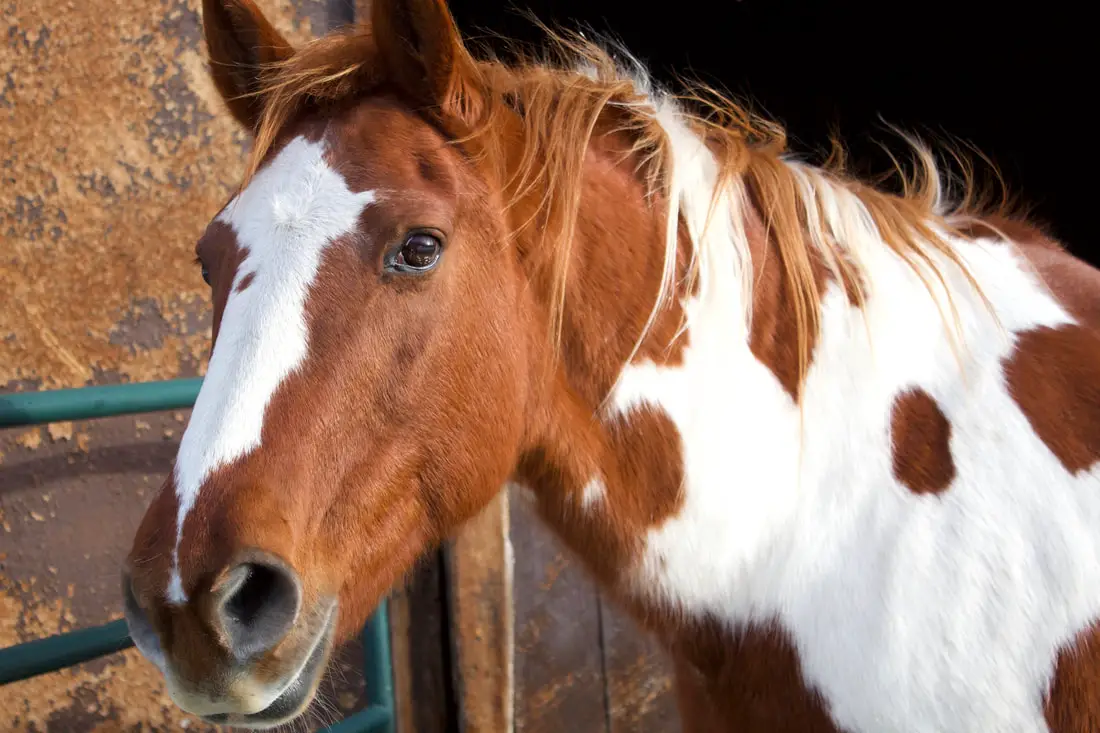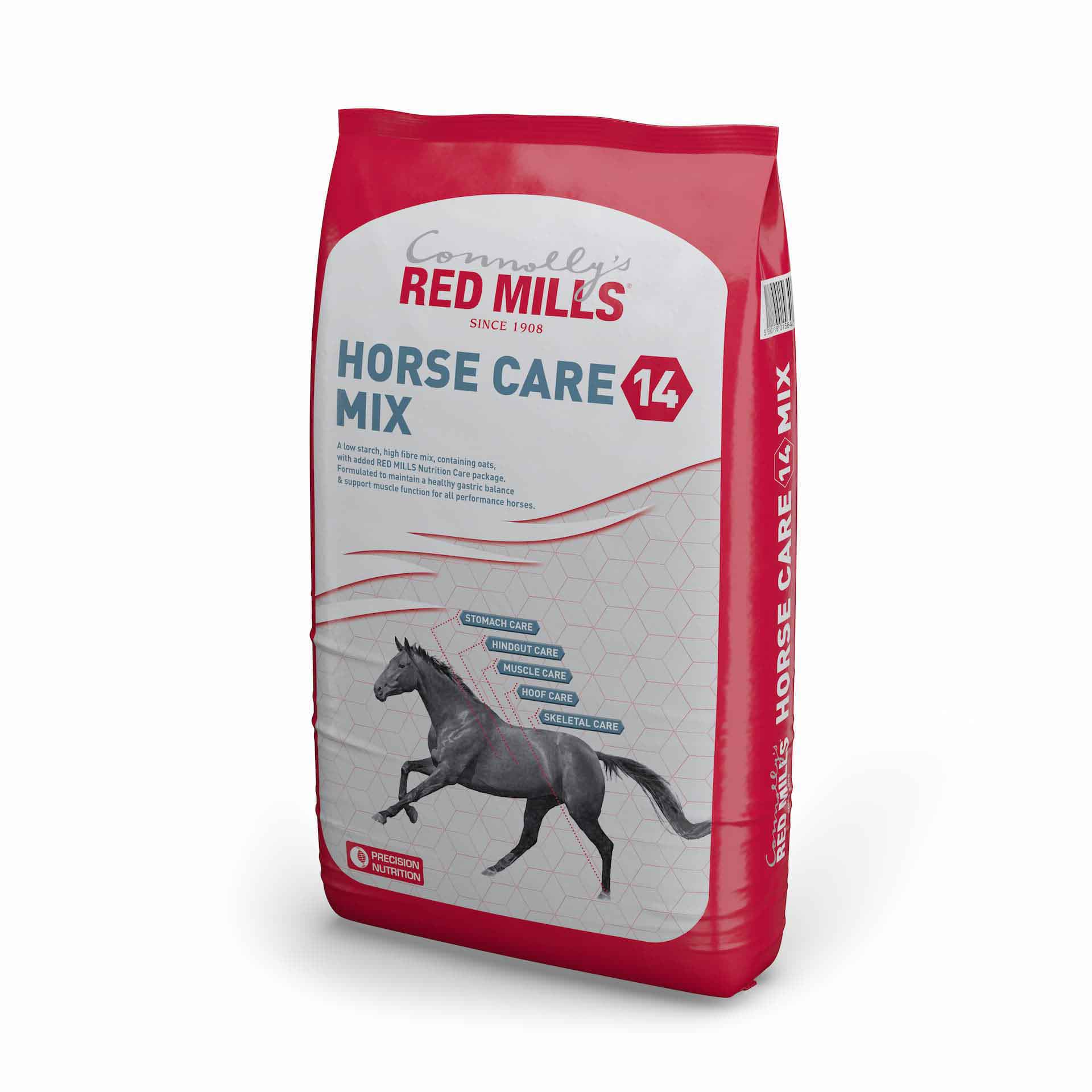When it comes to the world of horses, there are so many different breeds and colors to learn about. One color that often sparks curiosity and intrigue is the striking red horse. Many people wonder what a red horse is called and what specific characteristics make these equines so unique. In this blog post, we will explore the fascinating world of red horses, including their history, characteristics, and the different names they are known by.
Understanding Red Horses

Red horses, also known as chestnut horses, are a common sight in the equestrian world. The term “red” might evoke images of a bright, fiery hue, but in the context of horses, it refers to a range of shades that can vary from a light, golden-red to a dark, liver chestnut. These horses are characterized by their reddish coat color, which can be uniform or include variations such as flaxen mane and tail.
Origins and History
The history of red horses dates back centuries, with evidence of chestnut-colored horses appearing in ancient artwork and texts. The exact origins of the red coat color are not entirely clear, but it is believed to have developed through natural selection and genetic mutations. Over time, selective breeding has also played a role in shaping the characteristics of red horses as we know them today.
Genetics of Red Coat Color
The genetics behind the red coat color in horses are complex and fascinating. The presence of a specific gene, known as the “Extension” gene (symbolized as “e”), determines whether a horse will have a red coat. This gene controls the production of red pigment, called pheomelanin, in the horse’s hair. The variations in the “e” gene can result in different shades of red, ranging from light to dark.
Characteristics of Red Horses

Red horses exhibit a range of physical and behavioral traits that make them distinct within the equine world. Understanding these characteristics can provide insight into what makes red horses so special.
Physical Attributes
In addition to their striking coat color, red horses often display other physical attributes that set them apart. They may have a strong, muscular build, with a well-proportioned body and sturdy legs. Their mane and tail can vary in texture and color, from silky and flowing to coarse and thick. These physical features contribute to the overall beauty and allure of red horses.
Temperament and Behavior
Beyond their physical appearance, red horses are known for their diverse temperaments and behaviors. While individual personalities can vary, red horses are often described as intelligent, spirited, and energetic. They may exhibit a willingness to work and a strong bond with their human companions. Understanding the behavioral tendencies of red horses is essential for building a positive and harmonious relationship with these magnificent animals.
Names for Red Horses

Red horses are known by various names across different cultures and equestrian communities. These names reflect the diversity and richness of the equine world, as well as the significance of red horses in human history and tradition.
Chestnut Horses
One of the most common names for red horses is “chestnut.” This term is widely used in equestrian circles and refers specifically to horses with a red coat color. The name “chestnut” has deep roots in the equestrian lexicon and is recognized internationally as a descriptor for these striking equines.
Sorrel Horses
In some regions, particularly in North America, red horses are referred to as “sorrel.” The term “sorrel” is often used interchangeably with “chestnut” and is associated with horses displaying varying shades of red, from light to dark. This name reflects the regional diversity in equestrian terminology and the cultural significance of red horses in different parts of the world.
Other Regional and Cultural Names
Beyond “chestnut” and “sorrel,” red horses may be known by a range of regional and cultural names. For example, in certain European countries, the term “fox” is used to describe red horses, emphasizing the fox-like coloration of their coats. Additionally, some indigenous equestrian traditions have their own unique names for red horses, reflecting the deep connection between these animals and human communities around the world.
Red Horses in Art and Culture

The beauty and majesty of red horses have captivated artists, writers, and equestrian enthusiasts throughout history. These equines have been celebrated in various forms of art and cultural expressions, showcasing their enduring significance in human society.
Artistic Depictions
From classical paintings to modern sculptures, red horses have been a popular subject in the world of art. Artists have sought to capture the grace and power of these equines, often portraying them in motion or at rest, their vibrant coats creating a striking visual impact. The artistic depictions of red horses serve as a testament to their timeless appeal and symbolic significance in artistic expression.
Literary Representation
In literature and mythology, red horses have often been portrayed as symbols of strength, vitality, and passion. They feature prominently in equestrian-themed stories, folklore, and legends, embodying both the physical prowess and the emotional depth that these animals represent. Their presence in literary works reflects the enduring fascination with red horses and the enduring impact they have on human imagination and creativity.
Red Horses in Equestrian Sports

Red horses have made a significant impact in the world of equestrian sports, showcasing their athleticism, agility, and competitive spirit. They have excelled in various disciplines, earning recognition and admiration from riders, trainers, and spectators alike.
Show Jumping and Eventing
In disciplines such as show jumping and eventing, red horses have demonstrated their ability to navigate complex courses with precision and grace. Their combination of power and agility makes them well-suited for these high-intensity sports, where quick reflexes and bold athleticism are essential for success.
Dressage and Classical Horsemanship
In the realm of dressage and classical horsemanship, red horses have showcased their elegance and poise. Their natural grace and fluid movement make them well-suited for the intricate and precise maneuvers required in these disciplines. Red horses have left an indelible mark on the world of classical horsemanship, earning accolades for their beauty and skill.
Curious about horse naming conventions? If you’re wondering what a red horse is called, you might also be interested in learning about what a spotted horse or a male horse is called. And if you’re curious about the young ones, check out our article on what a baby horse is called for more equine insights!
Conclusion

In conclusion, the world of red horses is rich with history, diversity, and cultural significance. From their origins and genetic traits to their physical characteristics and cultural representations, red horses continue to capture the imagination and admiration of equestrian enthusiasts around the globe. Whether known as chestnuts, sorrels, or by other names, these equines embody the timeless allure and enduring legacy of the horse-human bond. As we continue to appreciate and celebrate the beauty of red horses, we honor their place in the tapestry of equestrian history and culture.



